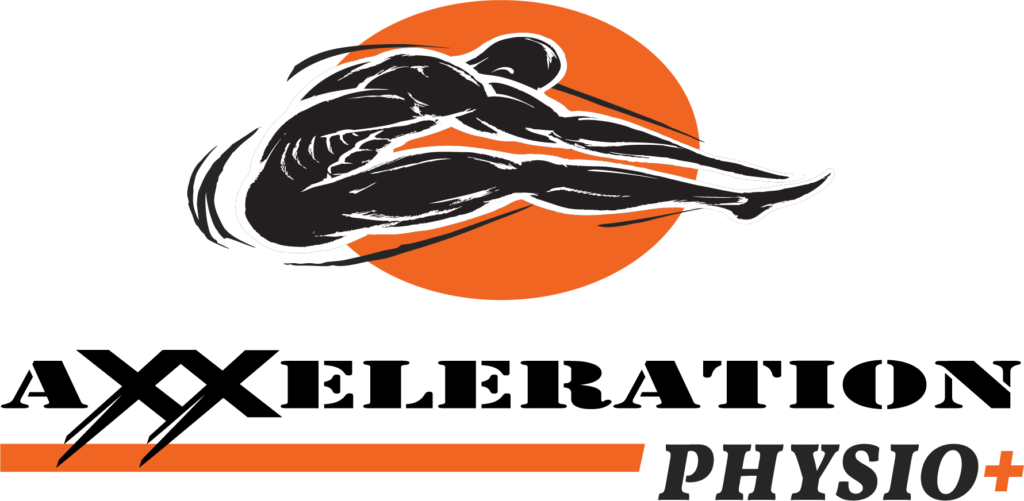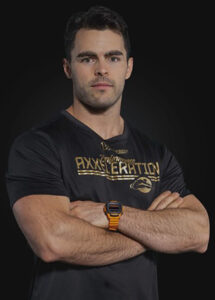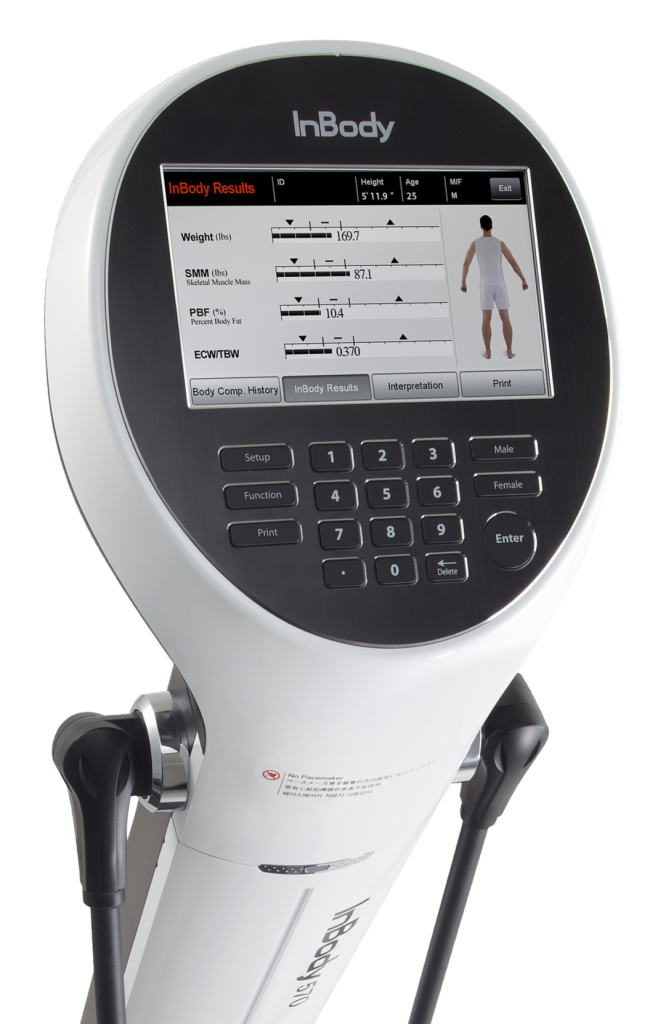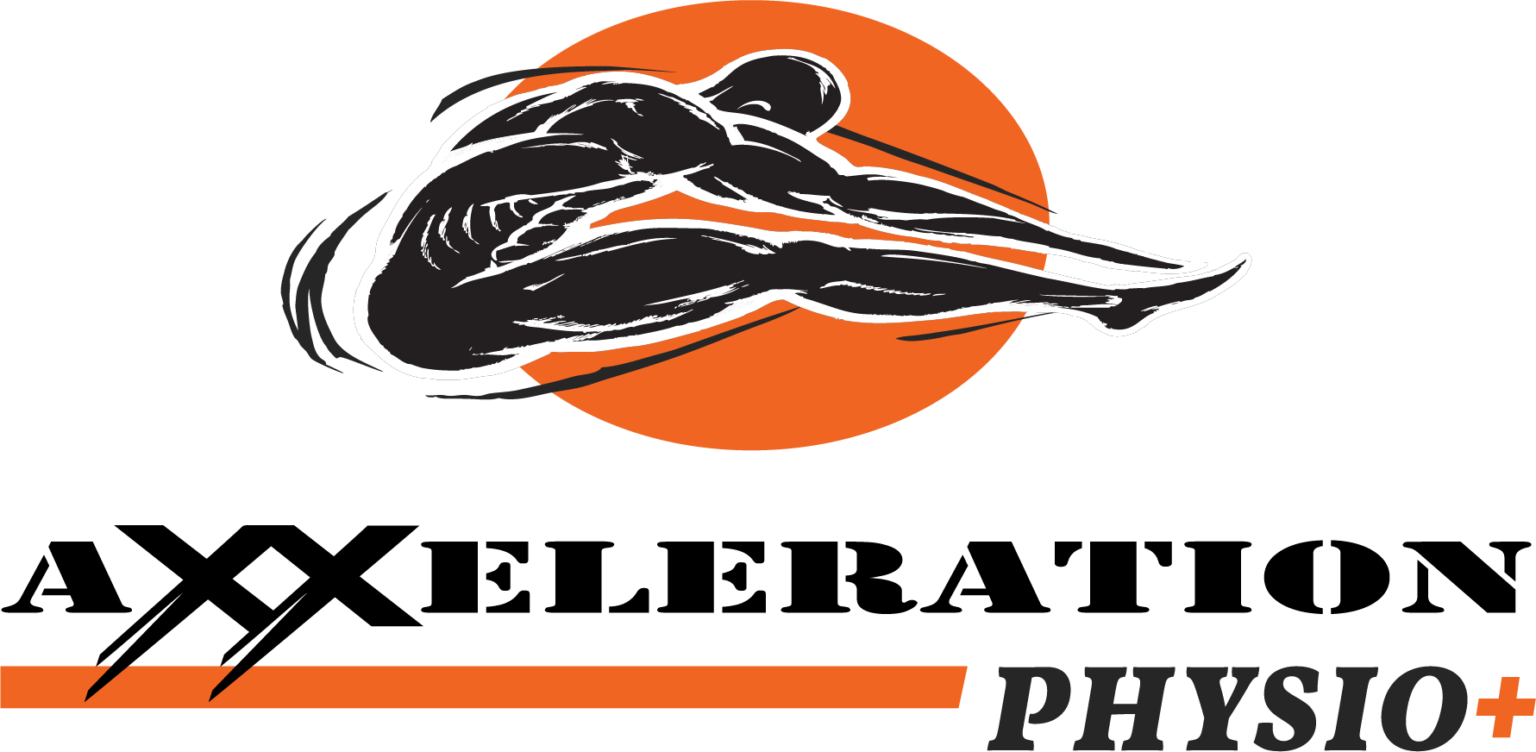The popularity of strength training during the off-season increases every year among hockey players. The weight room becomes the priority for every young player to increase their performance and get ready for the next season. Nowadays, several training methods exist and every strength coach has their own way of incorporating them into a short-term periodization in order to increase the performance of their athletes (strength, power, speed, muscle mass, energy system, etc.) in less than 16 weeks during the summer. Ultimately, the vast majority of players arrive ready for the training camps as well as the physical tests for the upcoming season.
But as soon as the regular season begins we start to notice certain problems. In my experience, there are two types of athletes which can be divided into two categories. The first one is those who abandon training as soon as the season starts, which can lead to a strength loss of 55 to 100% compared to their last summer program. The second category of athletes corresponds to those who continue a strict training with the same parameters (intensity, volume, reps, load etc.…) as those used during their off-season, which could lead to overtraining. But there is a middle ground.
Why should we train during hockey season?
- Maintain muscle mass gained during off-season.
- Maintain or improve body composition (% of body fat).
- Decrease the risk of injuries.
- Maintain overall strength.
Planning for training during the season depends on several factors to consider.
- Practicing our sport will not be sufficient to increase or even maintain muscle mass and strength during the season if we do not add strength training sessions.
- The more an athlete practices an endurance sport or aerobic training (soccer, jogging, beep test, etc.), the more he will need resistance training to compensate for the loss of muscle mass and strength (endurance training has to be performed more than 3 times per week for more than 20 minutes). Therefore, these athletes will require a bigger frequency of resistance training than those who do not practice an endurance sport.
- On the other hand, too much resistance training with too high a volume is not better either because it could cause a reduction in strength and muscle mass (overtraining). Hence the middle ground (or “sweet spot”).
What are the recommendations?
During the hockey season, it is important to plan the workouts around the athlete’s schedule in order not to diminish his performance during his games and practices. Communication with the team’s head coach facilitates the periodization of training and will allow you to plan timely rest days. According to my experience, Monday should be a day off since the majority of the games take place between Friday and Sunday, and we also need to consider travel and fatigue. Subsequently, Tuesday and Wednesday would be the most favorable days for strength training sessions of 30 to 45 minutes maximum in order to allow the athlete to recover before the weekend.
What happen if we do not have a strength and conditioning coach with our team?
We work closely with several teams and players to allow them to optimise their performances by taking care of their training and periodization with their hockey schedule. Here is what we do for them:
- Plan their strength training to fit their calendar
- Provide strength training programs
- Nutrition and supplements guidance
- Give access to an online software to monitor their weights during training.
For more information on this online coaching service please communicate with us.
Reference:
Ronnestad, B.R., Nymark, B.S. et Raastad, T. (2011). Effects of in-season strength maintenance training frequency in professional soccer players. J Strength Cond Res, 25(10), 2653-2660. doi: 10.1519/JSC.0b013e31822dcd96
Hoffman, J.R. et Kang, J. (2003). Strength changes during an in-season resistance-training program for football. J Strength Cond Res, 17(1), 109-114.
Dahab KS, McCambridge TM. Strength Training in Children and Adolescents: Raising the Bar for Young Athletes? Sports Health. 2009;1(3):223-226. doi:10.1177/1941738109334215.
Pollard C., Sigward S., Ota S., Langford K., Powers C. The Influence of in-season injury prevention on lower extremity kinematics during landing in female soccer players. Clinical Journal of Sports Medicine: 16(3); pp 223-227. 2006
Smith A. In-Season training for athletes. Ezine Articles. 2005 Dec 12.









